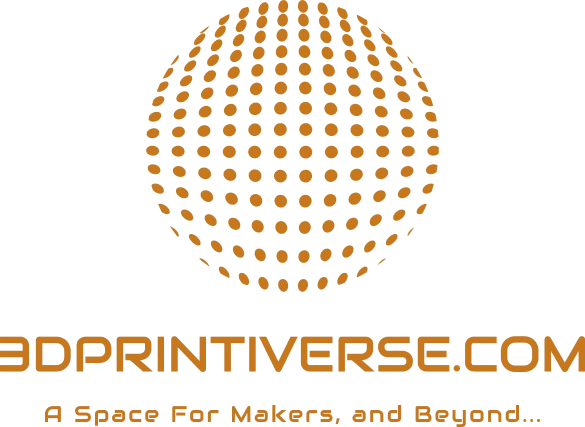PETG (Polyethylene Terephthalate Glycol) filament is a versatile material that combines the strength of ABS and the ease of printing of PLA. It's ideal for creating durable, flexible, and weather-resistant items. Here are some great ideas for things you can print with PETG:
Practical Items
- Phone holders and stands – Strong and slightly flexible, PETG works well for everyday use items.
- Cable organizers – Durable enough to handle repeated use.
- Tool holders or racks – For garages or workspaces, PETG can withstand rough environments.
- Plant pots – PETG's resistance to water makes it perfect for planters.
- Hooks and wall mounts – Strong enough to hold moderate weight.
Outdoor Applications
- Garden tools – Such as small shovels, rakes, or planters.
- Custom car parts – Non-structural components that need strength and UV resistance.
- Camping gear – Clips, holders, or other lightweight, strong components.
- Bike accessories – Bottle cages, reflectors, or custom mounts.
Functional Parts
- Mechanical parts – Gears, hinges, or custom joints for projects.
- Enclosures – Durable casings for electronics or devices.
- Replacement parts – Handles, knobs, or fixtures for appliances.
- 3D printer parts – Such as fan shrouds, spool holders, or brackets.
Hobby and Decorative Items
- Figurines and models – PETG offers a glossy finish that's great for display pieces.
- Vases – Its water resistance makes it a perfect material for vases or decorative jars.
- Toys and puzzles – Flexible but strong enough for daily handling.
- Jewelry – Lightweight and customizable, with vibrant color options.
Food-Safe Uses (if certified food-safe PETG is used)
- Cookie cutters – Check your filament's safety for food-related prints.
- Containers – Boxes or jars for non-liquid food items.
- Custom utensils – Like spatulas or scoops (ensure food-safe compliance).
Key Considerations When Printing with PETG
- Bed Adhesion: Use a heated bed (70-80°C) with a clean surface; painters' tape or a PEI sheet works well.
- Printing Temperature: Typically 230-250°C.
- Cooling: Moderate cooling (30-50%) for overhangs and bridging.
- Flexibility: Use PETG for items that need slight flexibility without breaking.
- Layer Adhesion: PETG has excellent layer bonding, making it ideal for strong functional parts.
What are you thinking of printing?





